PRESENTATION: The Remains of 100 Days… documenta and the Lenbachhaus
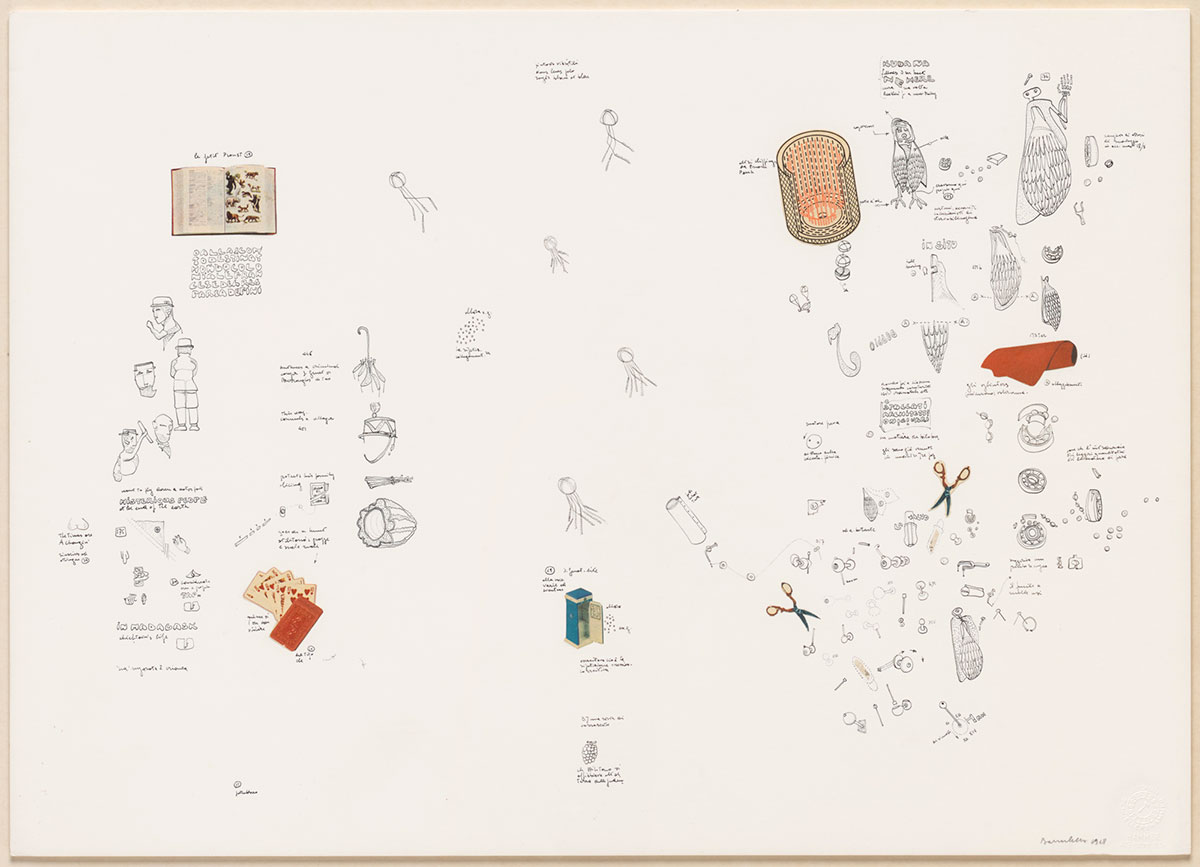 In 1955, the first documenta took place in Kassel. For a long time, the 100-day exhibition was regarded as a reliable status report on the art of its respective present and had a lasting influence on the programs and collections of the art museums of the Federal Republic of Germany. At the same time, it has always been an important motor of institutional critique: What was discussed, collected, and exhibited was, and still is, often initiated by the documenta.
In 1955, the first documenta took place in Kassel. For a long time, the 100-day exhibition was regarded as a reliable status report on the art of its respective present and had a lasting influence on the programs and collections of the art museums of the Federal Republic of Germany. At the same time, it has always been an important motor of institutional critique: What was discussed, collected, and exhibited was, and still is, often initiated by the documenta.
By Dimitris Lempesis
Photo: Lenbachhaus Archive

On the occasion of documenta fifteen in 2022, the Lenbachhaus is presenting the exhibition “The Remains of 100 Days… documenta and the Lenbachhaus”. A selection of significant works from all documenta exhibitions from the first edition in 1955 to the fourteenth in 2017 documents which works “of 100 days” have remained visible in a museum collection. Taking the Lenbachhaus in Munich as an example, the exhibition reveals what a powerful resonating body the documenta has been in the Federal Republic’s museum landscape up to the present. To this day, the Lenbachhaus has had a particularly close connection to the documenta. As early as 1955, important works of art from the inner circle of the Blue Rider group were at the center of the project in Kassel. Today, paintings such as Gabriele Münter’s “Still Life in Gray” (1910), Franz Marc’s “Deer in the Snow II” (1911), and Wassily Kandinsky’s “Parties diverses” (1940) are among the works on which the international reputation of the Lenbachhaus collection is based. Important works from the Lenbachhaus’ “Blue Rider” collection were also featured at II. documenta (1959) and documenta III (1964). In July 1955, under the direction of Arnold Bode and supported by the art historical expertise of Werner Haftmann, documenta opened in the still war-damaged but provisionally reconstructed rooms of the Fridericianum in Kassel. The genesis of this first documenta exhibition reflects many aspects of post-war German culture, both societal and individual, and defines the documenta as an inherently political endeavor from the outset. On the one hand, the self-proclaimed primary goal of the exhibition was to tie in with the tradition of modernism in Europe and especially in Germany before the National Socialist seizure of power through a presentation of works of avant-garde art. On the other hand, the documenta was also to take on an educational task in the cultural edification of the population towards democratic and responsible citizens. Last but not least, the exhibition was also seen as an economic opportunity for Arnold Bode’s hometown of Kassel, which had been heavily bombed during the Second World War. In an attempt to tie in with pre-war modernism, the documenta was intended to act as a cultural-political demarcation line to the deeds of the National Socialist war and extermination machinery. In the process, however, the persecution of artists and the destruction of their art were trivialized and glossed over as a “rather strange fit of iconoclasm” in Haftmann’s catalog essay. In recent decades in particular, scholars and institutions have increasingly sought to critically reappraise the history of the documenta. It has become clear that many myths about the origins of the documenta are incomplete or trivialized, and that they are often the result of strategic self-dramatization. As was the case with protagonists in other institutions of the young Federal Republic of Germany, the biographies of important documenta staff members—including Haftmann, who became a member of the SA in 1933 and of the NSDAP in 1937—prove to be extremely problematic. Probably the most striking examples of the interaction between the documenta and its sociopolitical context were the reaction of student reform movements in 1968 with 4. documenta (1968), the geopolitical upheavals in the Soviet Union and its sphere of influence with documenta X (1997), the terrorist attacks of September 11, 2001 with Documenta11 (2002), the war in Afghanistan with dOCUMENTA (13) (2012), and the austerity policy of the European Union and the effects of the war in Syria with documenta 14 (2017). Curating means, in the best sense, an engagement with contemporary aesthetics and political relevance. Already the first documenta, with its interpretation of the postwar order, the East-West conflict, had provided a direction of impact from which German museums derived their agendas in subsequent years. Regardless of how strongly the documenta exhibitions were or are criticized, it is thus obvious that the influence on museums—direct or delayed—was and is far-reaching. It seems almost obvious that museums have been able to use their continuity to reflect the documenta’s multiple pioneering roles. Thus, despite all the criticism of the respective individual concepts of the documenta editions, it must be acknowledged that the museums have become more interesting and relevant as a result of this reflection.
Photo: Gianfranco Baruchello, Il piccolo Proust, 1968, Städtische Galerie im Lenbachhaus und Kunstbau München, © VG Bild-Kunst, Bonn 2022
Info: Curators: Matthias Mühling, Eva Huttenlauch, and Dierk Höhne, Städtische Galerie im Lenbachhaus, Luisenstraße 33, Munich, Germany, Duration: 19/7/2022- , Tue-Wed & Fri-Sun 10:00-18:00, Thu 10:00-20:00, www.lenbachhaus.de/
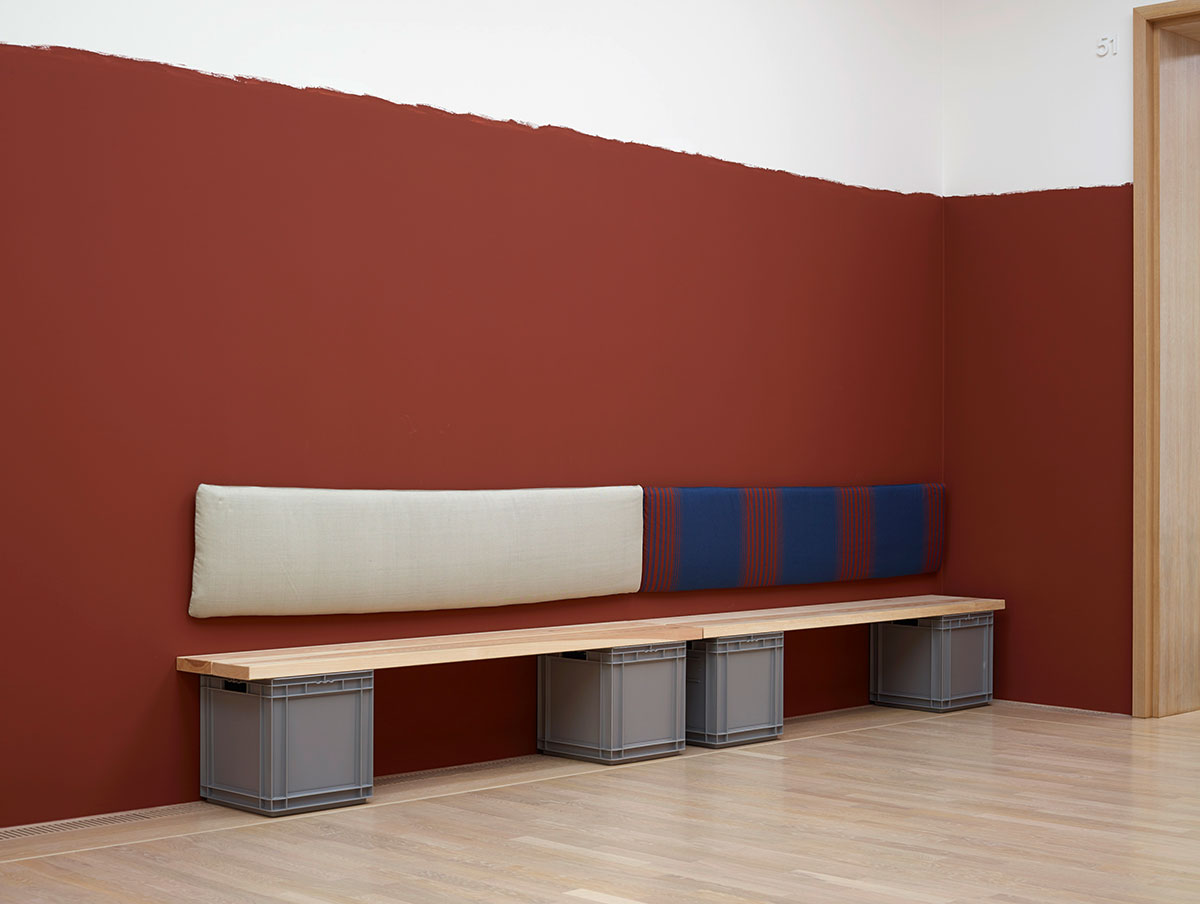
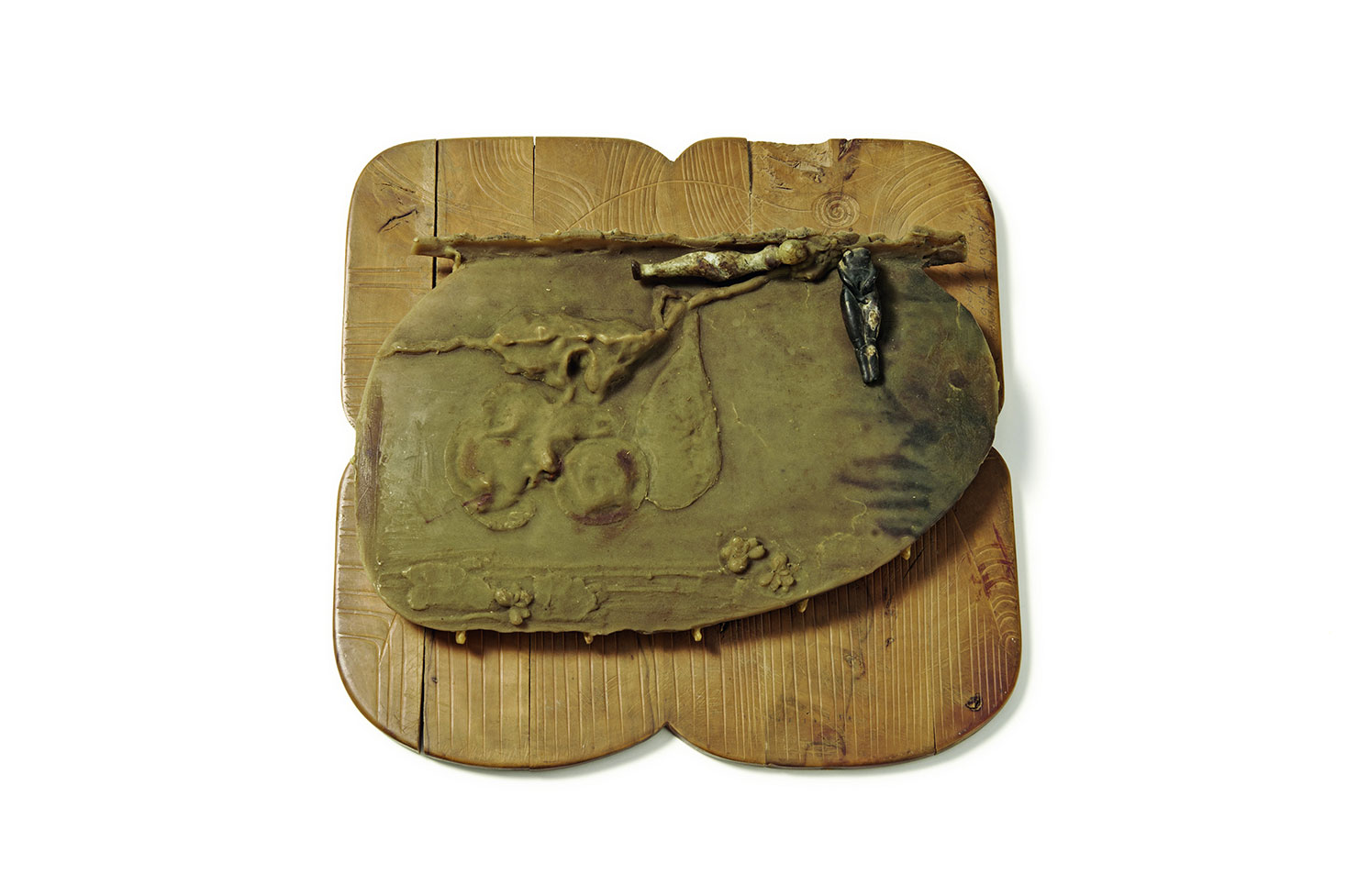
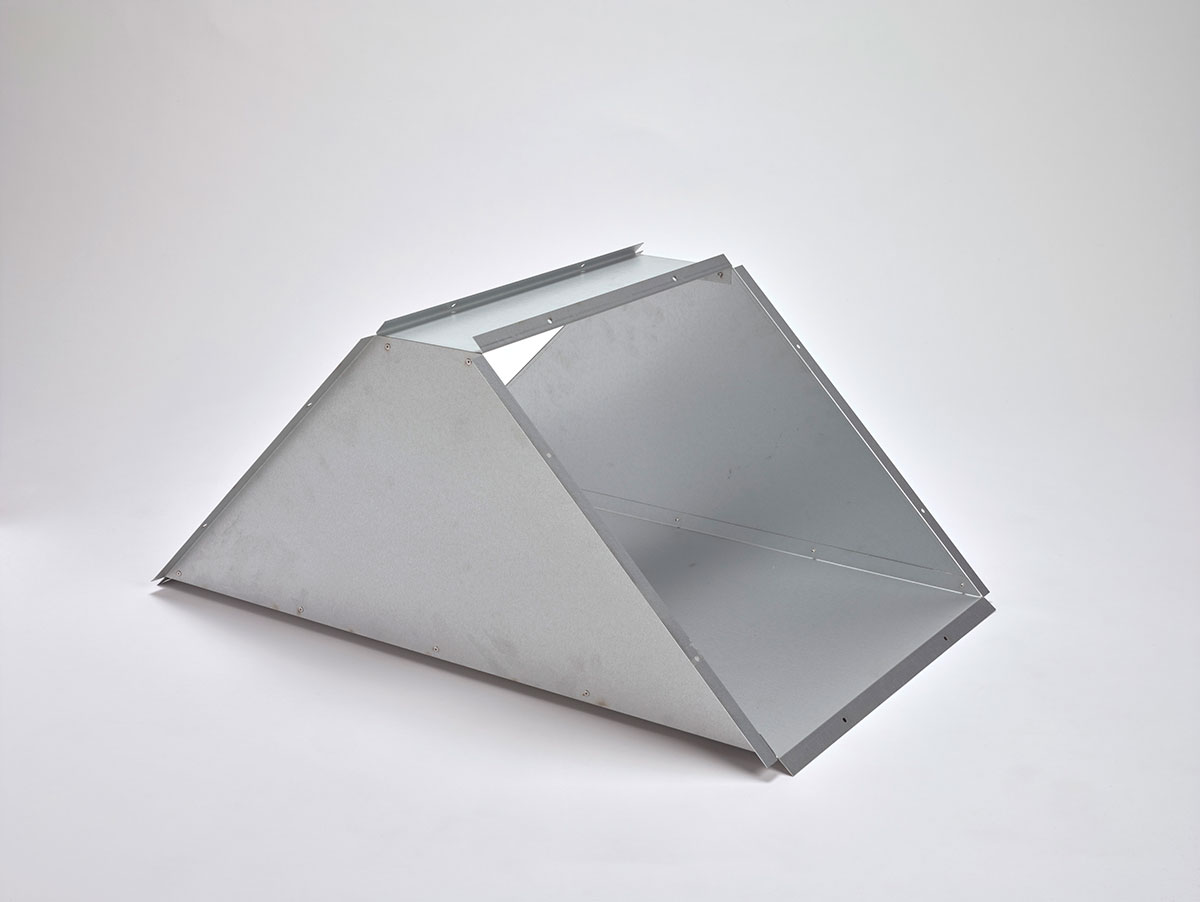
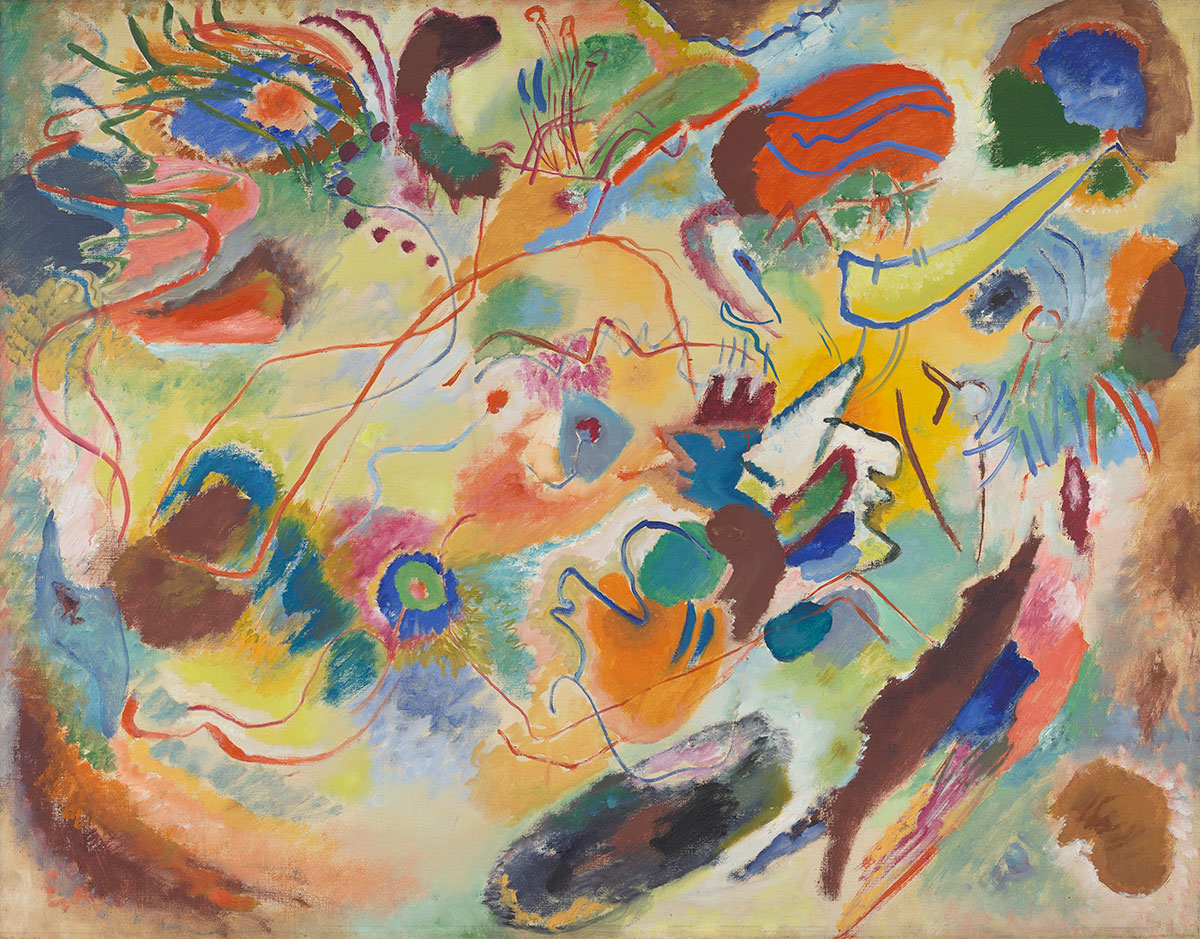
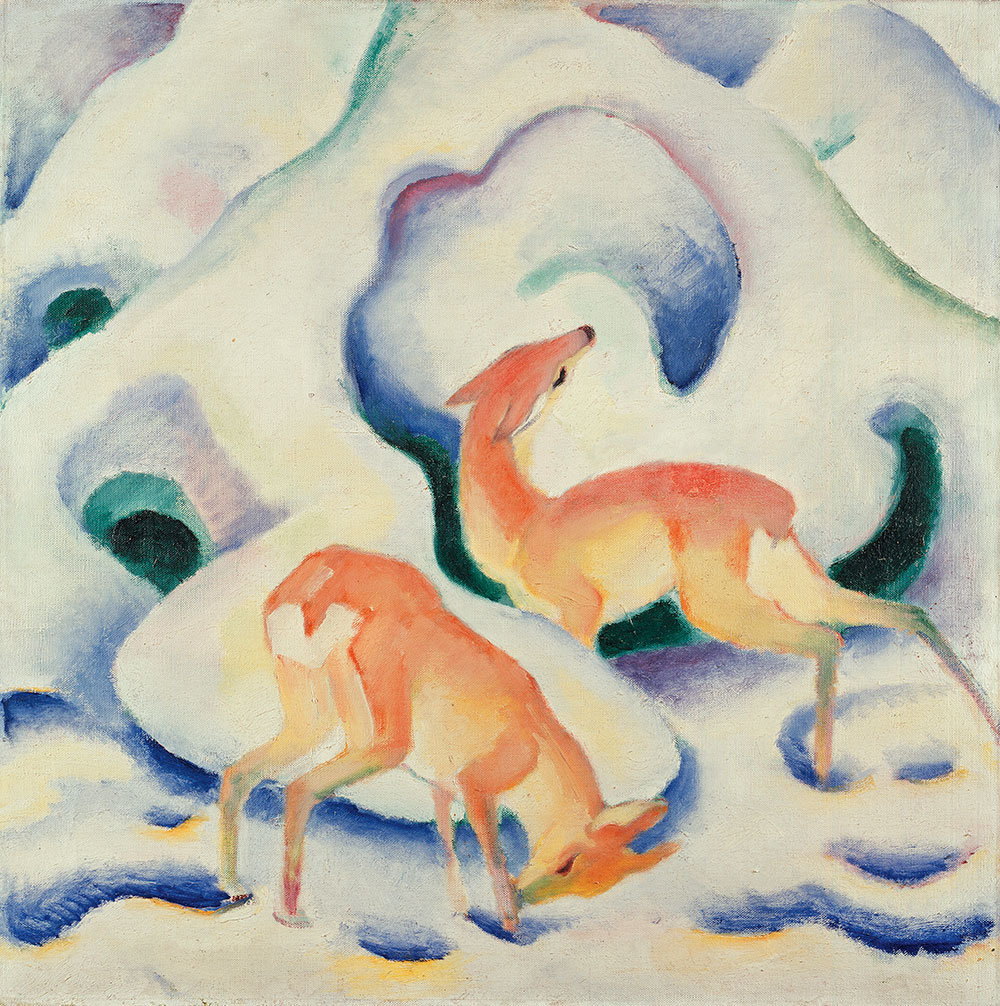
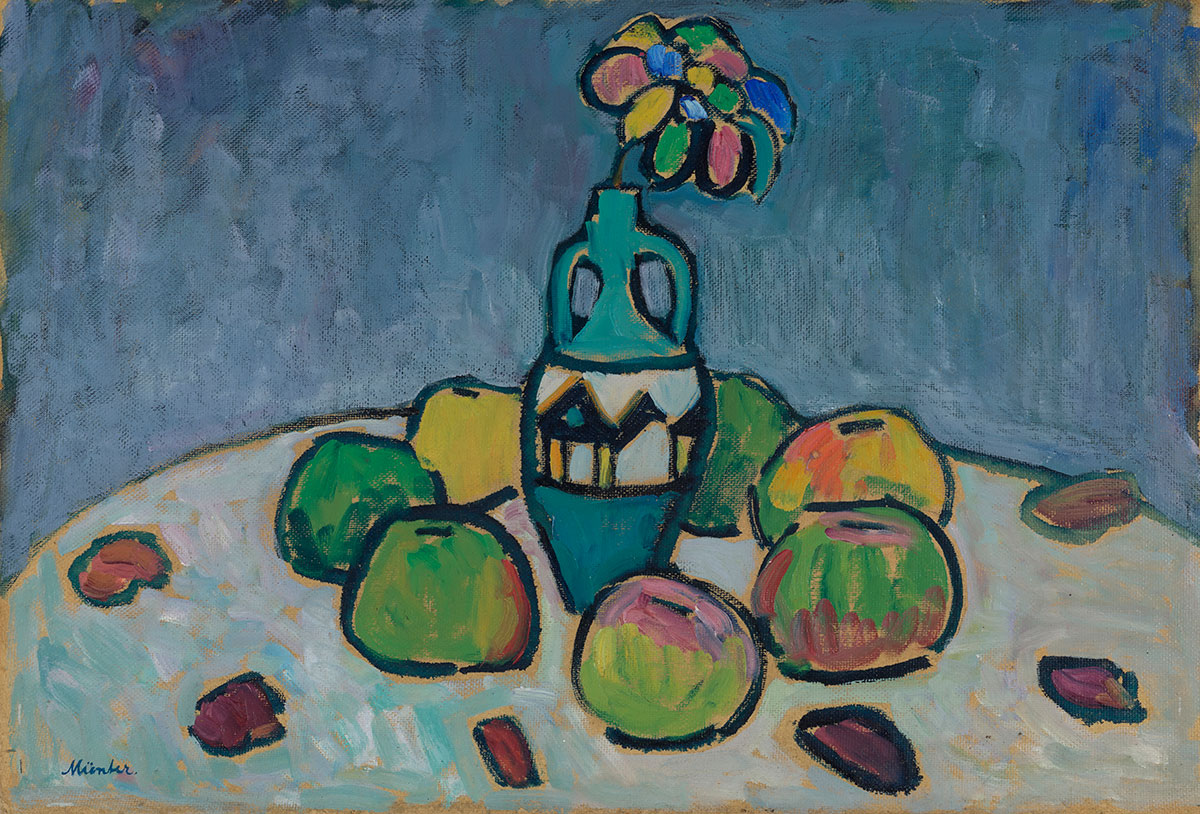
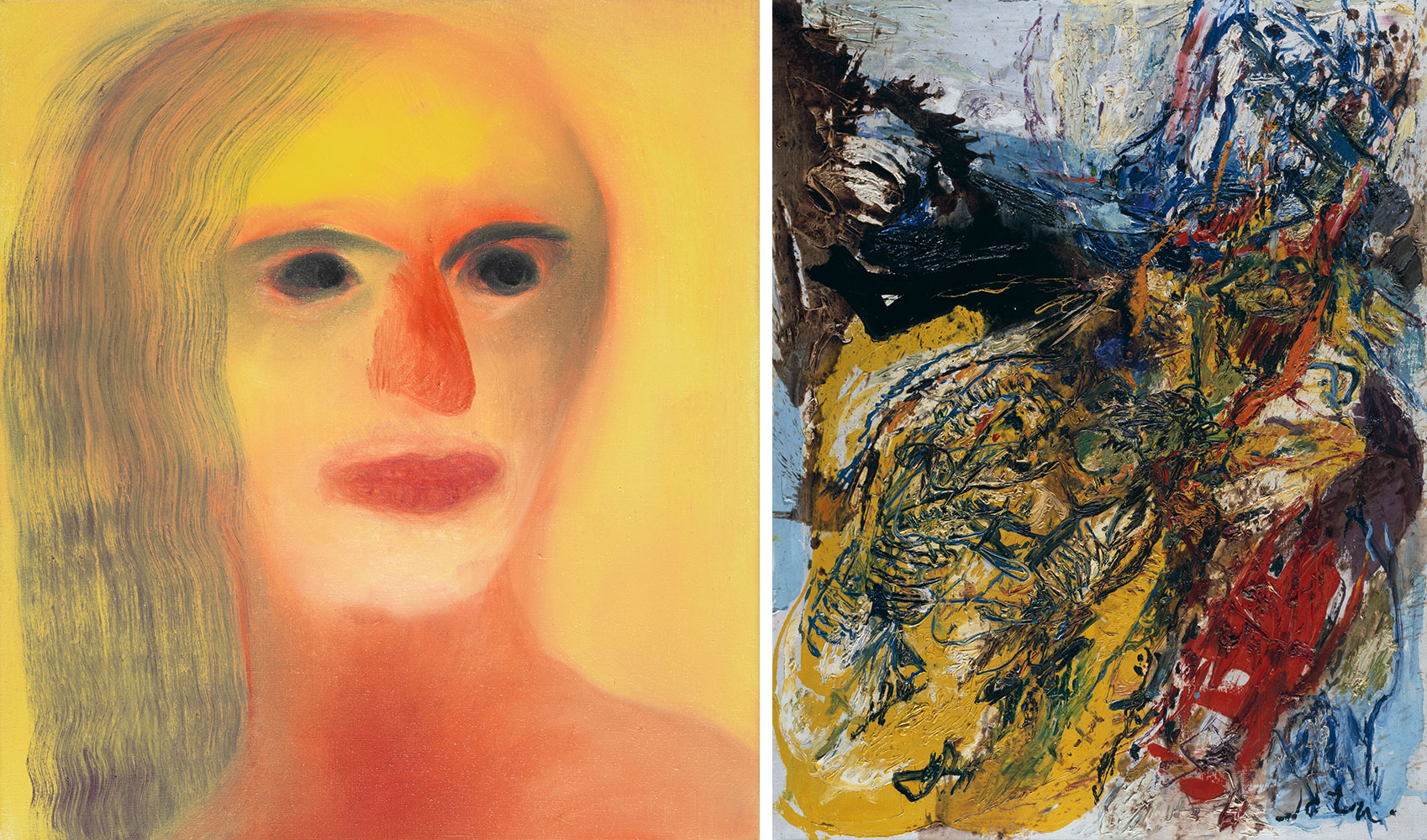
Right: Asger Jorn, They never come back, 1958, Städtische Galerie im Lenbachhaus und Kunstbau München, © VG Bild-Kunst, Bonn 2022
